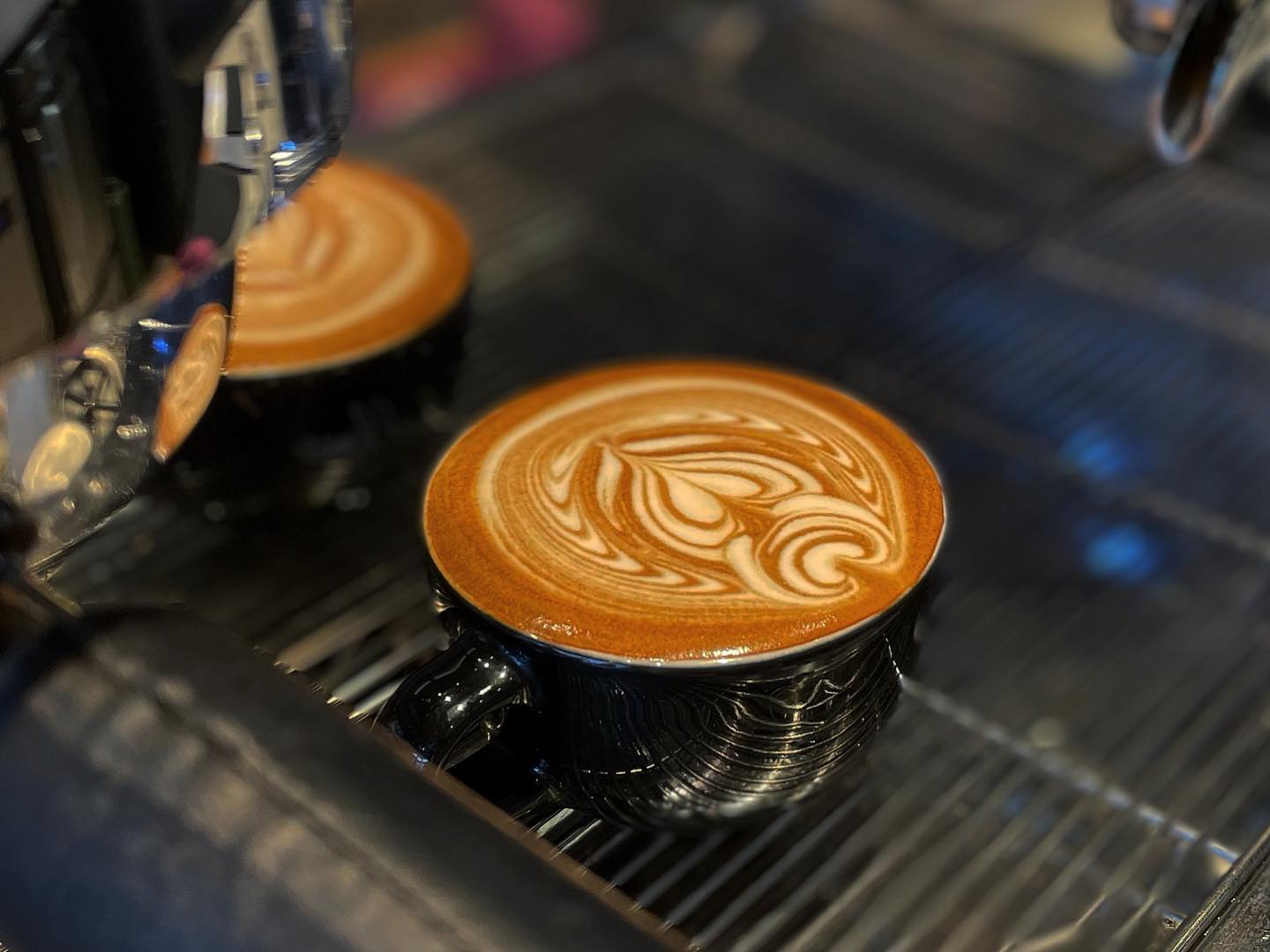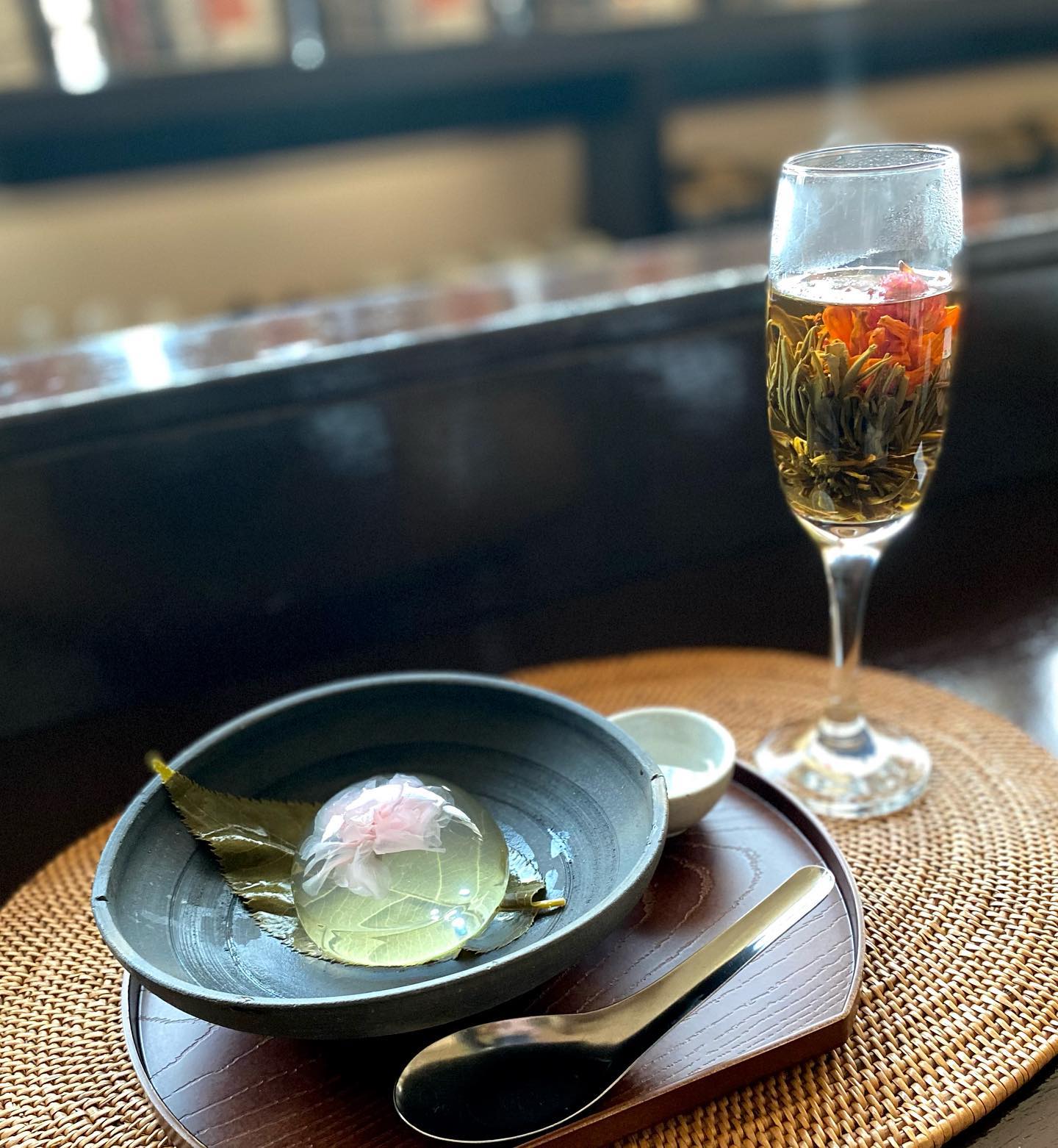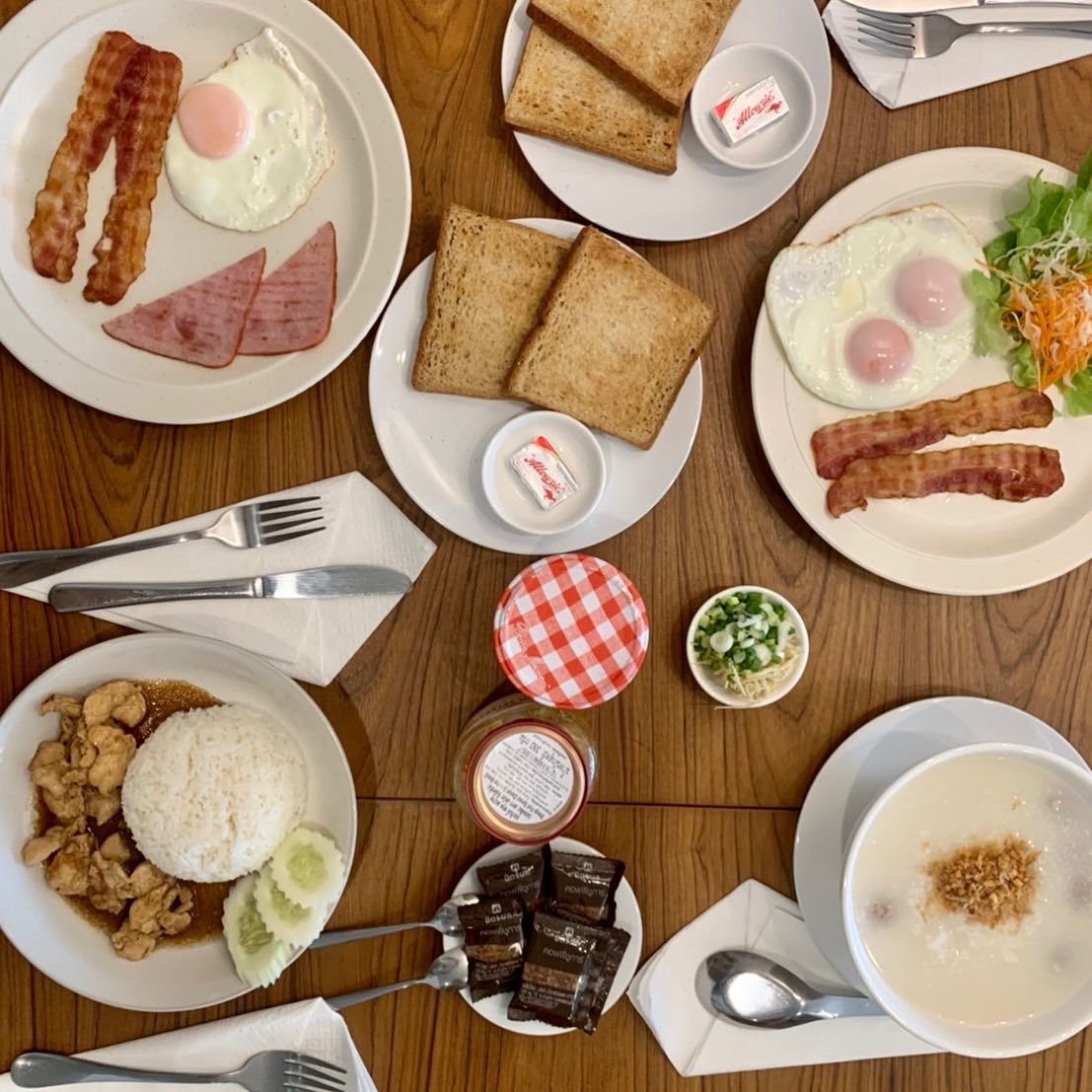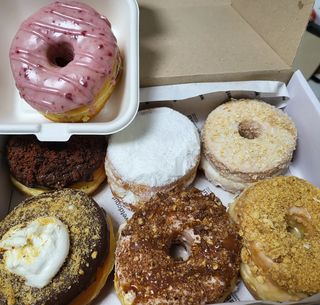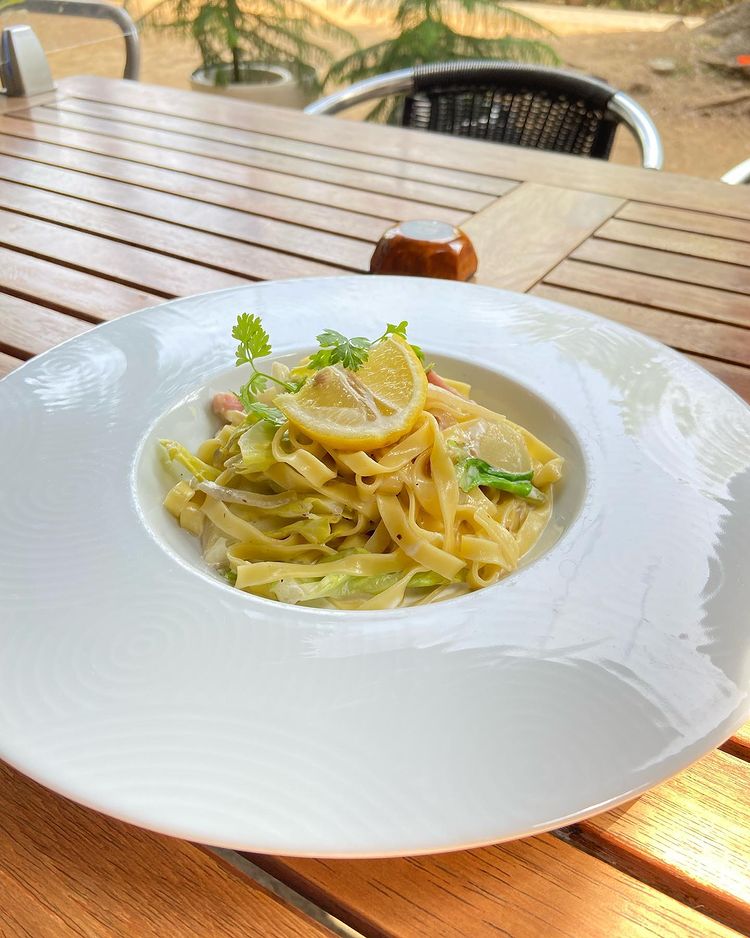For many of us, coffee is more than just a drink—it’s a daily ritual. But what happens when you’re in a rush, traveling, or don’t have access to a fancy coffee machine? That’s when instant coffee comes to the rescue. Fast, affordable, and surprisingly versatile, instant coffee is an underrated hero for busy mornings and late-night pick-me-ups.
But here’s the secret: making instant coffee isn’t just about dumping powder into hot water. With a few smart techniques and creative twists, you can transform instant coffee into a flavorful cup that feels café-worthy.
In this guide, we’ll dive into how to make coffee with instant coffee step by step, plus share tips, mistakes to avoid, and creative recipes to keep your coffee exciting every day.
What Exactly Is Instant Coffee?
Instant coffee is made from real brewed coffee that has been dehydrated into granules or powder. When mixed with hot water, it instantly rehydrates into a drinkable form.
There are two main types:
- Spray-dried instant coffee – Quick to produce and inexpensive, but can taste a little flat.
- Freeze-dried instant coffee – A slower process that preserves more aroma and flavor, usually considered higher quality.
Fun fact: Instant coffee was first patented in 1901 and became hugely popular during World War II because it was lightweight, portable, and easy to prepare in the field. Today, it remains one of the most consumed coffee types worldwide.
Click Here: How to Use a Coffee Maker on the Stove
What You Need to Make Instant Coffee
The beauty of instant coffee is that it doesn’t require any special equipment. Here’s what you’ll need:
- Instant coffee granules or powder (1–2 teaspoons per cup).
- Hot water (about 6–8 oz / 180–240 ml per cup).
- Milk, cream, or plant-based alternatives (optional).
- Sugar, honey, or sweeteners (optional).
- A mug and a spoon.
Optional extras for flavor upgrades: cinnamon, cocoa powder, vanilla extract, whipped cream, or flavored syrups.
More About: How to Use a Moka Coffee Maker
How to Make Coffee with Instant Coffee (Step by Step)
1. Heat the Water
Boil water in a kettle or saucepan. Ideally, the temperature should be just below boiling—about 90–95°C (194–203°F). Using boiling water can burn the coffee and create bitterness.
2. Measure the Coffee
Scoop 1–2 teaspoons of instant coffee into your mug. The exact amount depends on your taste preference. Start with one teaspoon for a mild brew and increase for a stronger flavor.
3. Add the Hot Water
Slowly pour hot water over the coffee granules. Stir well until all the crystals dissolve. This should create a smooth, aromatic base.
4. Customize Your Cup
This is where you can get creative:
- Add milk or cream for a smoother texture.
- Stir in sugar, honey, or flavored syrups to sweeten.
- Sprinkle a pinch of cinnamon or cocoa powder for a café-style touch.
5. Stir and Sip
Give it one final stir, let it cool slightly, and enjoy your instant coffee!
More About: How to Make Greek Coffee
Pro Tips for Better Instant Coffee
- Use filtered water: Coffee is 98% water, so the quality matters.
- Experiment with ratios: Some like it bold with 2 teaspoons, others prefer a milder cup.
- Avoid boiling water: It scorches the coffee. Let it cool 30 seconds after boiling.
- Upgrade your instant coffee brand: Try freeze-dried varieties for a fresher taste.
- Mix before adding milk: This ensures the coffee dissolves properly.
Checkout: How to Make Coffee Liqueur
Creative Ways to Enjoy Instant Coffee
Instant coffee isn’t limited to a simple hot cup. Here are some fun variations:
- Iced Instant Coffee: Dissolve instant coffee in 2 tablespoons of hot water, add cold water, ice cubes, and milk.
- Whipped (Dalgona) Coffee: Mix equal parts instant coffee, sugar, and hot water (2 tablespoons each), whip until frothy, and spoon over cold milk.
- Instant Latte: Make your base coffee, then add steamed or frothed milk.
- Mocha Twist: Stir in cocoa powder and sugar with your instant coffee before adding water.
- Coffee Smoothie: Blend instant coffee with milk, banana, and ice for a quick breakfast boost.
Read More: How to Dress a Coffee Table in a Coffee Shop
Common Mistakes to Avoid
- Using too much instant coffee: This makes the drink overly bitter.
- Not stirring properly: Leaving granules undissolved affects taste and texture.
- Using boiling water: Burns the coffee and ruins its flavor.
- Skipping fresh water: Reboiled water can taste flat and metallic.
- Relying only on cheap brands: Low-quality instant coffee often tastes harsh—try premium freeze-dried types instead.
Know More: How to Make Different Coffees
Is Instant Coffee Healthy?
Yes—in moderation. Instant coffee contains the same antioxidants and nutrients as regular coffee, though slightly less caffeine. One cup of instant coffee typically has 30–90 mg of caffeine, compared to 70–140 mg in regular brewed coffee.
Benefits may include:
- Boosted energy and focus.
- Antioxidants that support heart and brain health.
- Convenience without needing special equipment.
However, flavored instant coffees with added sugar or creamers can be less healthy. Always check the label.
Also Know: How to Stop Coffee from Staining Your Teeth
Why Choose Instant Coffee?
Instant coffee has some unique advantages:
- Quick and easy: Ready in under a minute.
- Budget-friendly: Much cheaper than espresso machines or café drinks.
- Travel-friendly: Lightweight and perfect for camping or office use.
- Versatile: Works for hot, iced, or blended drinks.
- Long shelf life: Can last months unopened, making it a great pantry staple.
More About: How to Make Coffee with Milk
Final Thoughts
Learning how to make coffee with instant coffee is simple, but making it taste amazing requires a little care. From using the right water temperature to experimenting with creative recipes, you can turn a basic cup into a delicious and satisfying drink.
Instant coffee may not replace freshly brewed espresso, but when you’re short on time or equipment, it’s a reliable option that delivers comfort in a cup.
So, the next time you’re rushing out the door or cozying up at home, grab your jar of instant coffee, follow these steps, and enjoy a quick, tasty brew your way.
FAQ’s
The standard ratio is 1–2 teaspoons of instant coffee per 6–8 oz (180–240 ml) of water. Use 1 teaspoon for a lighter cup or 2 teaspoons for a stronger, bolder flavor.
Yes! Dissolve 1–2 teaspoons of instant coffee in a small amount of hot water, then add cold water, ice cubes, and milk or sweetener to taste. This makes a quick and refreshing iced coffee.
Instant coffee contains the same antioxidants and nutrients as regular coffee, though it usually has slightly less caffeine. A cup of instant coffee typically has 30–90 mg of caffeine, compared to 70–140 mg in brewed coffee.
Instant coffee can taste bitter if you:
Use boiling water (burns the coffee).
Add too much coffee granules.
Use low-quality instant coffee.
Tip: Use water just under boiling (90–95°C / 194–203°F) and adjust the ratio to your taste.
Absolutely! Instant coffee works well in desserts like tiramisu, coffee cakes, brownies, and even smoothies. Its concentrated flavor enhances recipes without the need for brewing.
